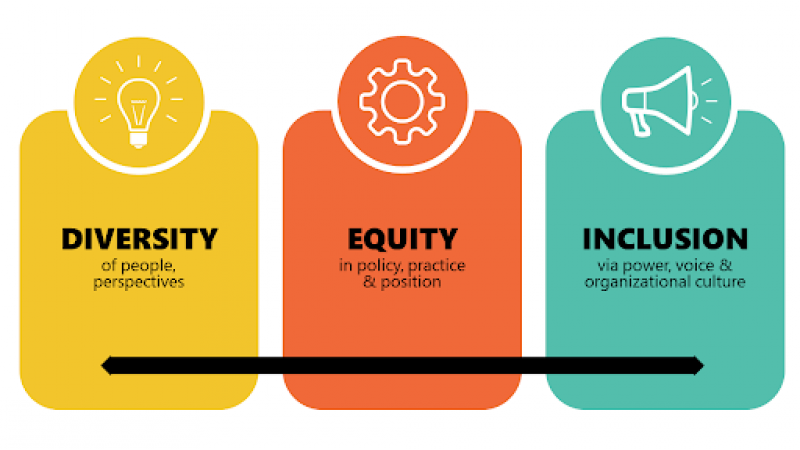

Posted on 16th Mar, 2021

One of the biggest challenges HR and Talent leaders today are facing is the swiftness with which the workforce is transforming around the globe. Generational turnover, extensive immigration, cultural evolution, the rise of emerging markets, and ever-advancing technology all play a significant role in establishing a progressively complex and intricate corporate and industrial ecosystem which both disrupts the old and generates new barriers to recruiting, developing, and retaining talent.
Amidst these shifts, the need for workplace diversity has certainly gained legitimacy in businesses around the world as leaders single-mindedly pursue the development of a more cohesive, collaborative, and creative work environment, as a way of facilitating continued growth. Unfortunately, though, an aspect that often gets lost in the conversation is that of inclusion, the twin component of diversity which ultimately leads to business success.
Though Diversity and Inclusion (D&I) are terms which are more often used jointly rather than as distinct notions, with this even being understandable, as one is certainly necessary in order to achieve the other; they are in truth, two rather different concepts.
While diversity focuses on the makeup of your workforce - demographics such as gender, race/ethnicity, age, sexual orientation etc., inclusion is a measure of culture that enables diversity to thrive. Simply put, diversity is the "what," and inclusion is the "how."
Diversity is seen to indicate "the collective mixture of differences and similarities that include, for example, individual and organizational characteristics, values, beliefs, experiences, backgrounds, preferences, and behaviours," whileInclusion is defined as "the achievement of a work environment in which all individuals are treated fairly and respectfully, have equal access to opportunities and resources, and can contribute fully to the organization's success."
The very definitions themselves thus, indicate how it is the process and achievement of inclusion, which in turn relies on the availability of a diverse workforce, which has an impact on the successes and growth of an organization, indicating how both Diversity and Inclusion are indispensable in the pursuit of business success.
Neither will simply paying lip-service to the notion of diversity – by hiring a diverse workforce - benefit a company; nor is being truly inclusive possible without having a diverse workforce. That is, simply having people from different races, age-groups, castes, with different mother tongues etc. put together under the banner of one organization, will probably not give rise to any great advantage, unless the organization makes an active effort to make everyone feel like they belong, and are tied together within an intangible bond, which in turn facilitates interactions, exchanges of ideas, opening up of perspectives… which will then benefit the people, and the business!
This means thus that these twin notions to work together, in tandem, to put a business’ best foot forward in seeking to achieve significant advantages in recruiting, nurturing, and retaining great talent, which will in turn nurture a great organization.
In sum, diversity and inclusion are complementary ideas which depend on each other, where inclusion is the conscious effort organizations exert to support diversity and take it beyond being a simple hype.